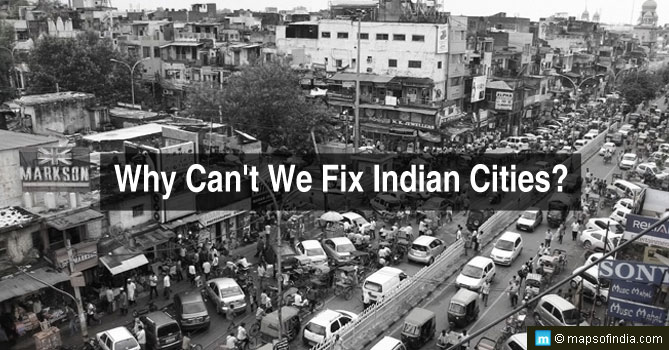The Government of India implemented the Disaster Management Act, which saw the National Disaster Management Authority (NDMA) creation on December 23, 2005. The Prime Minister of India leads the authority. At the same time, the respective Chief Ministers head the State Disaster Management Authorities (SDMAs) to drive and execute a holistic and integrated approach to disaster management in the country.
NDMA is an apex body required to formulate the policies, plans, and guidelines for Disaster Management to ensure a crisis promptly. The term ‘disaster’ refers to “a mishap, catastrophe, calamity or grave occurrence vegetating from natural or man-made causes, by accident or negligence”.
Its vision is to formulate a safer and disaster-resilient India by a holistic, proactive, technology-driven and sustainable development strategy that comprises all stakeholders and urges a culture of prevention, preparedness and mitigation.
It has the National Disaster Management Operations Centre, which contains state-of-the-art resilient and redundant communication systems. NDMA also puts tasks into effect related to capacity development, training and knowledge management.
The Ministry of Home Affairs (MHA) is the ‘Nodal Ministry’ to manage natural disasters. It is headquartered at NDMA Bhawan, Safdarjung Enclave, New Delhi.
Following are the responsibilities of NDMA:
- To make policies on disaster management and sanction the National Plan.
- To approve plans made by the Ministries or Departments of the Government of India following the National Plan.
- To state guidelines to be followed by the State Authorities in drawing up the State Plan, and by the different Ministries or Departments of the Government of India for the vision of integrating the measures for prevention of disaster or the mitigation of its effects in their development plans and projects
- To coordinate the execution of the policy and plans for disaster management.
- To recommend the provision of funds for mitigation.
- To offer such support to other countries impacted by major disasters as may be assessed by the Central Government.
Examples of Disaster Planning in India
- The coronavirus pandemic is under the enforcement of the Disaster Management Act, 2005.
- Early preparation, efficient warning system, timely action and large-scale evacuation strategies assisted 1.2 million people and safeguarded them into approximately 4,000 cyclone shelters in Odisha when Cyclone Fani took place. Hence, saving the lives of vulnerable populations in the sensitive coastal region.
Challenges
There should be a dynamic policy where disaster-resilient infrastructure development is required through adequate investment in research. ISRO, NRSA, IMD and other institutions have to come together and offer technological solutions to improve the task force to resolve the disaster crisis. India should also learn from the best practices practised in China, Hong Kong, Japan, and Korea. They have set up a robust infrastructure over the years to tackle typhoons and other related disasters effectively.





